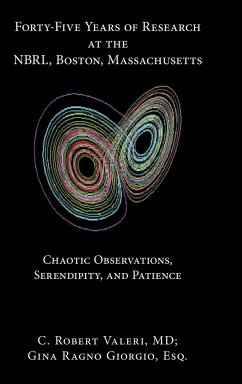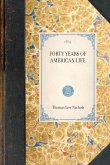In 1789, Horace Walpole defined serendipity as "making discoveries by accident"; it was through acceptance of this inherent chaos that some of history's most influential advances were made, such as Alfred Nobel and dynamite, Marie Curie and radium, and Alexander Fleming and penicillin. Usually chaotic-serendipitous observations are either not recognized by hypothesis-driven researchers or, if observed, rejected by them. Fortunately, the Naval Blood Research Laboratory (NBRL) has been able to embrace important chaotic and serendipitous observations that were critical to the productivity of the laboratory. As former director of the NBRL, C. Robert Valeri, MD, spent forty-five years exploring hematocrit, bleeding time, and nonsurgical blood loss, as well as other blood-related advances used to treat military and civilian personnel. In this volume, he reviews those advances and recalls his time at the NBRL.
Hinweis: Dieser Artikel kann nur an eine deutsche Lieferadresse ausgeliefert werden.
Hinweis: Dieser Artikel kann nur an eine deutsche Lieferadresse ausgeliefert werden.








